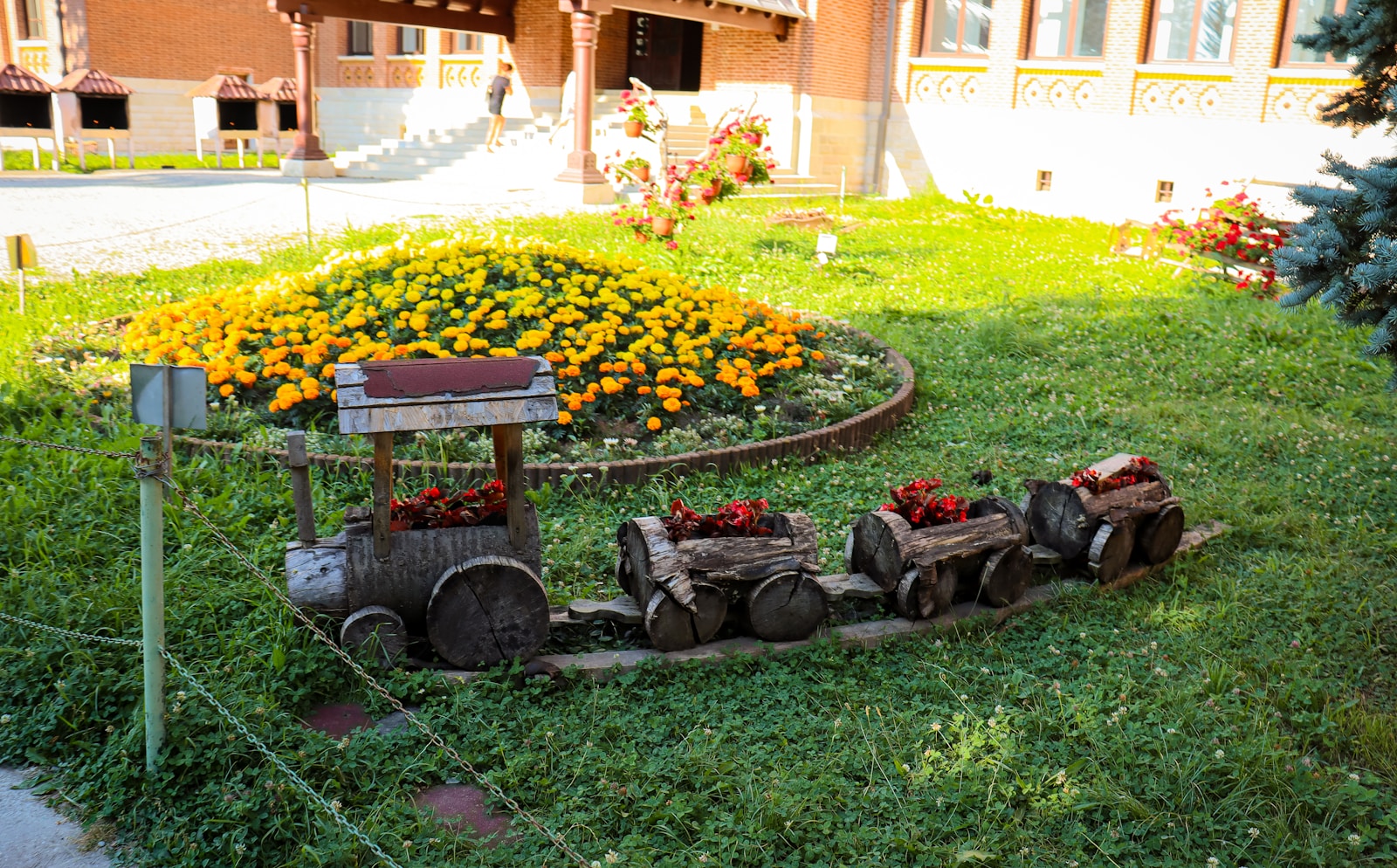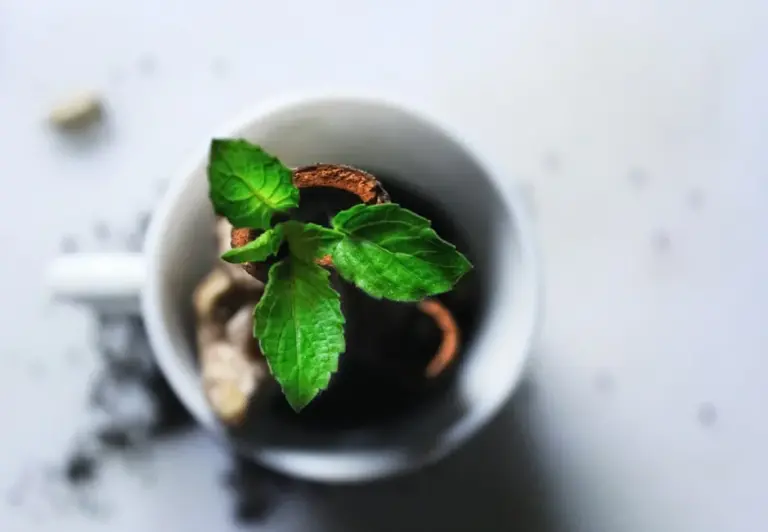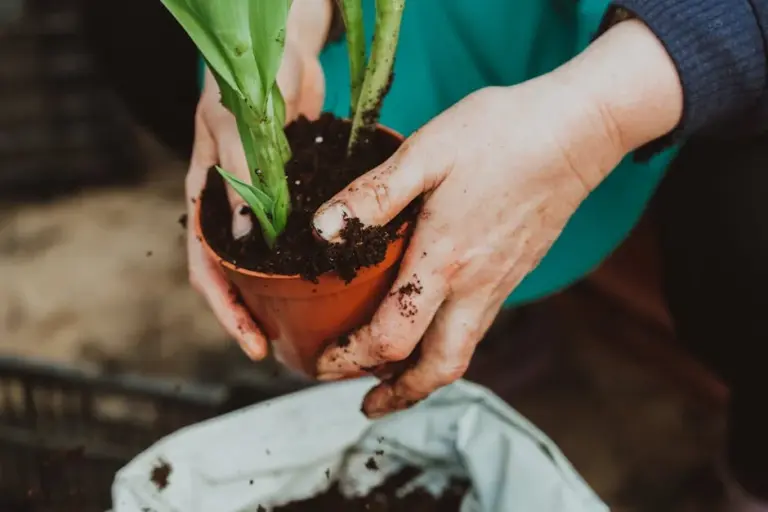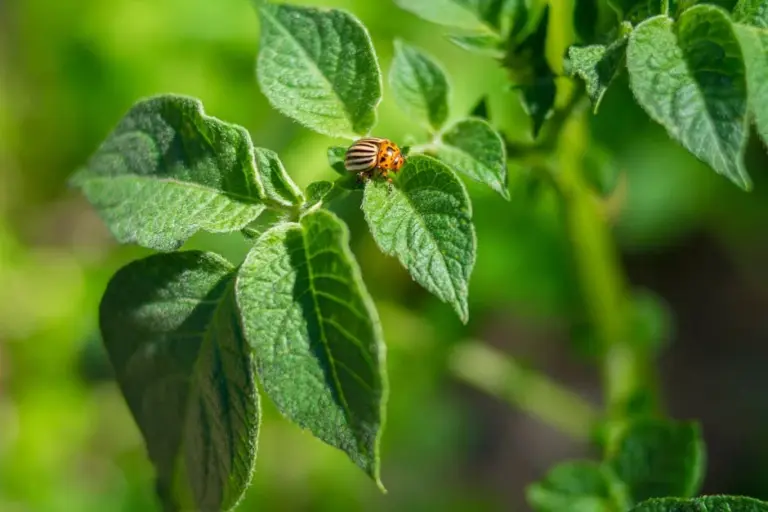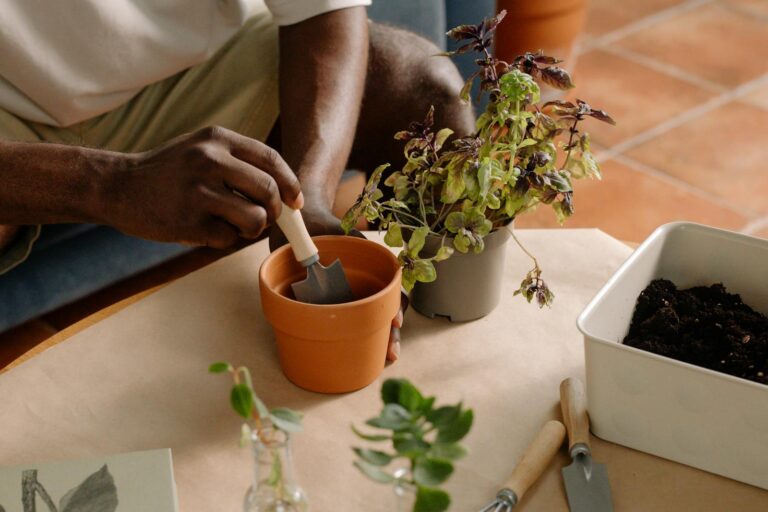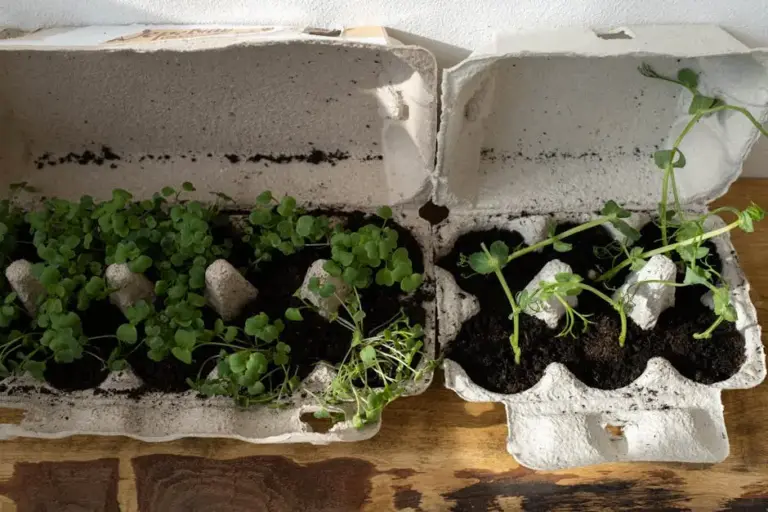Small Gardening Projects You Can Start Before Winter to Brighten Your Home and Yard
As the days get shorter and the air turns crisp, you might feel tempted to put your gardening tools away. But this is actually a great time to try some smaller projects that bring life to your home and yard, even as winter approaches.
Whether you’re looking to add a little green indoors or prep your outdoor space for spring, there’s plenty you can do right now. These ideas are easy to start and don’t require much space or experience.
Start an indoor herb garden with basil, thyme, and mint
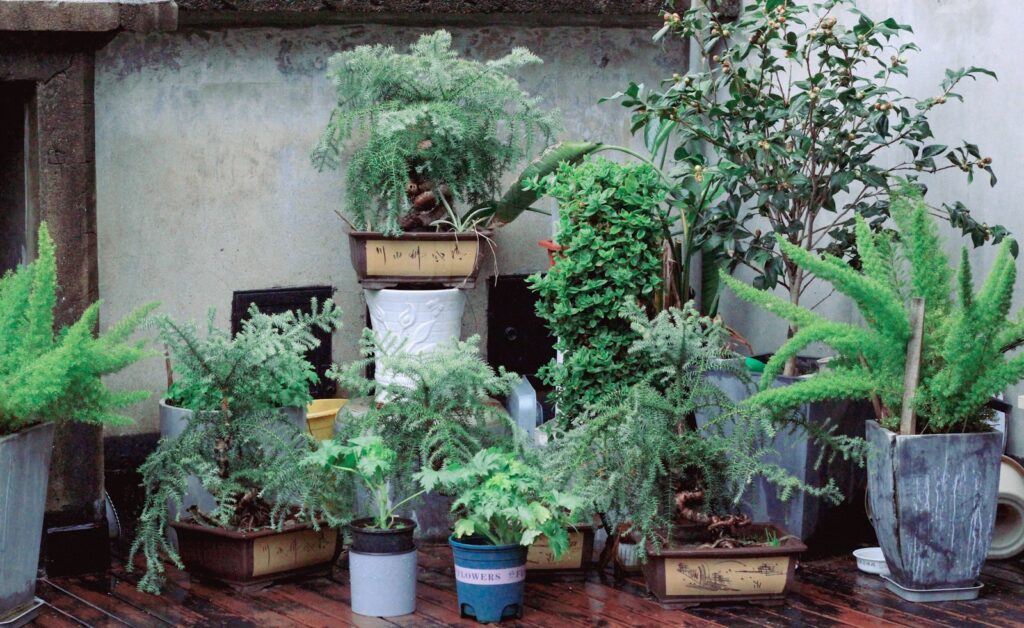
Growing herbs inside is a cozy way to keep gardening when it’s cold. Basil, thyme, and mint are all great choices for beginners and work well on a sunny windowsill.
Put your pots in a spot that gets about six hours of sunlight each day. If your kitchen doesn’t get much sun, a small grow light can help.
Use well-draining soil and pots with holes at the bottom. Water your herbs when the top inch of soil feels dry.
Basil and mint can be grown from cuttings. Just root a stem in water before planting it in soil.
Thyme is easiest to start from small plants you can buy at the store. Fresh herbs give you something green to care for and add flavor to your meals.
Plant garlic cloves in pots to harvest next spring
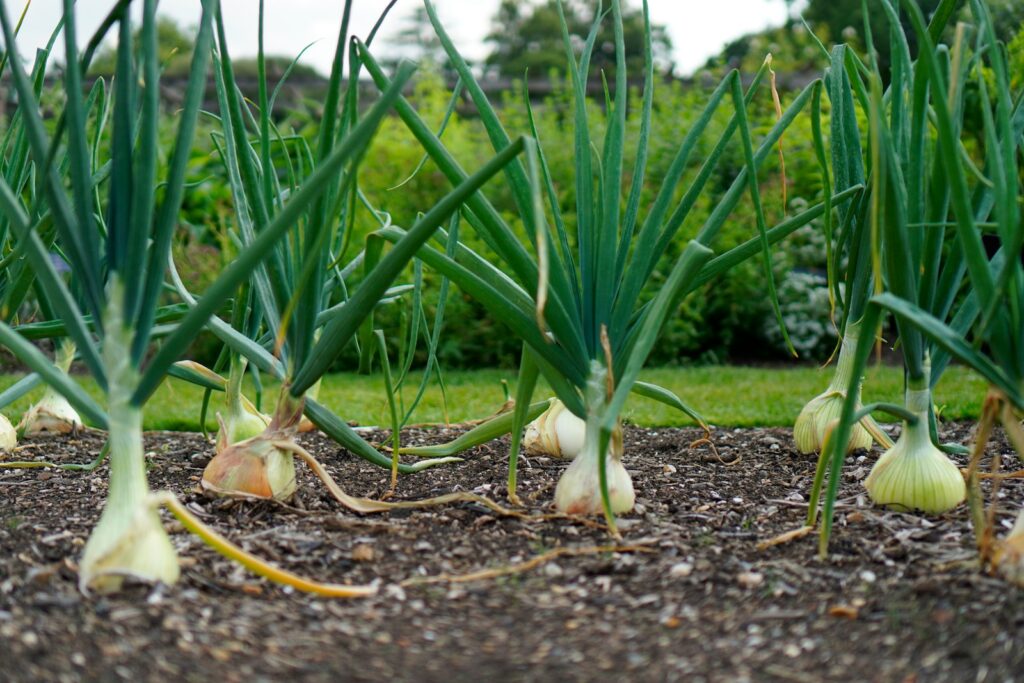
If you like the idea of growing your own garlic, fall is the perfect time to start. Use a sunny spot for your pot since garlic loves the light.
Plant each clove with the pointed end up and cover with about an inch of soil. Keep the soil moist but not soggy.
Garlic will start to grow roots over winter and be ready for strong growth in spring. You don’t need much space, and the care is simple.
Soon you’ll see green shoots, a sign your garlic is on track for a spring harvest.
Create seed starters with egg cartons for early veggies
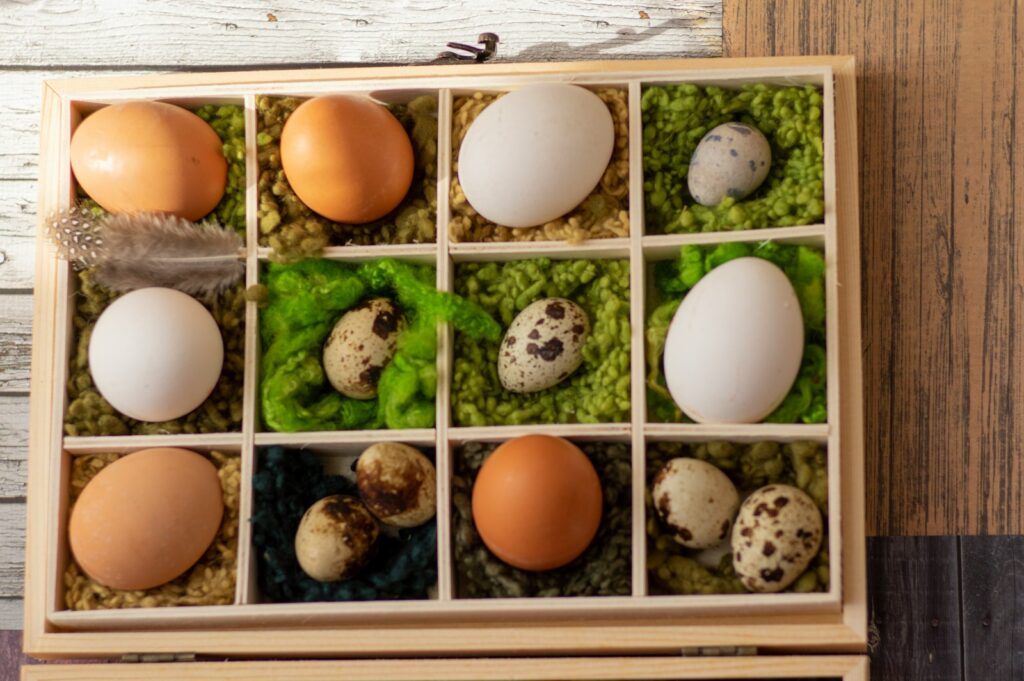
Egg cartons make great seed starters and are an easy way to get a jump on spring planting. Fill each section with soil and plant your seeds.
Poke small holes in the bottom for drainage. Put the cartons in a warm, sunny spot until the seeds sprout.
When your seedlings are ready, you can move them to bigger pots or outside. If the carton is biodegradable, you can plant it right in the ground.
This project is budget-friendly and good for the environment. It’s also a fun way to get kids involved in gardening.
Build a simple cold frame to protect seedlings
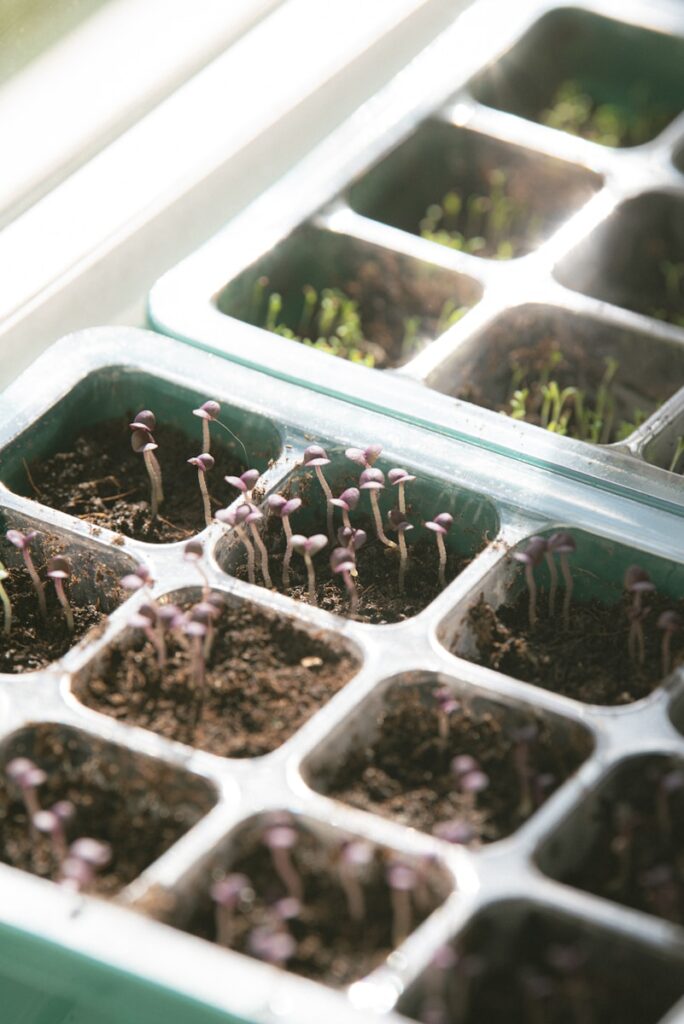
A cold frame is like a mini greenhouse and helps keep young plants safe from frost. You can make one from wood and clear plastic or glass.
The frame should be low with a lid that opens for air circulation. Place it over your seedlings to help them grow before moving them outside.
Cold frames let you start seeds earlier in spring or extend your growing season into fall. They don’t require fancy materials or advanced skills.
Make bird feeders from pine cones and peanut butter
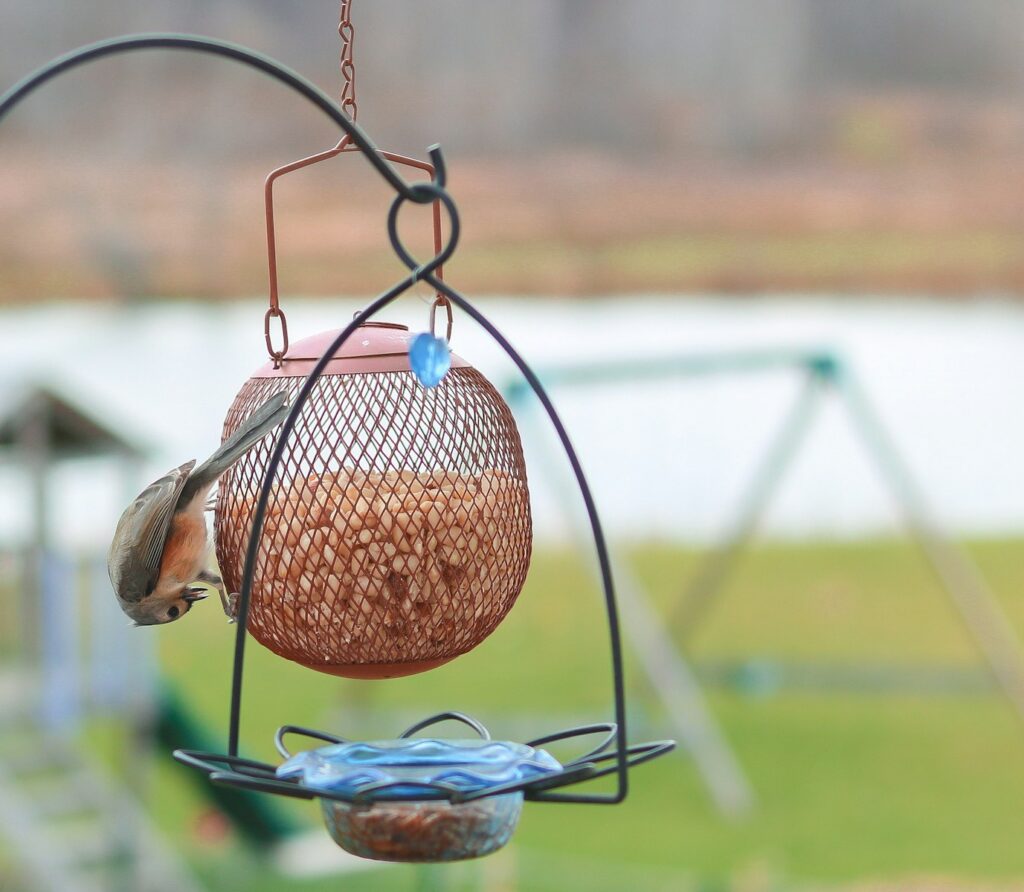
Making bird feeders is a quick project that brings more wildlife to your yard. Find some big pine cones with open scales.
Spread peanut butter all over the cone, then roll it in birdseed. Tie a string at the top and hang it from a tree branch.
This feeder is easy to make and helps birds find food in winter. It’s also a fun activity to do with kids or friends.
Mulch garden beds to protect soil over winter
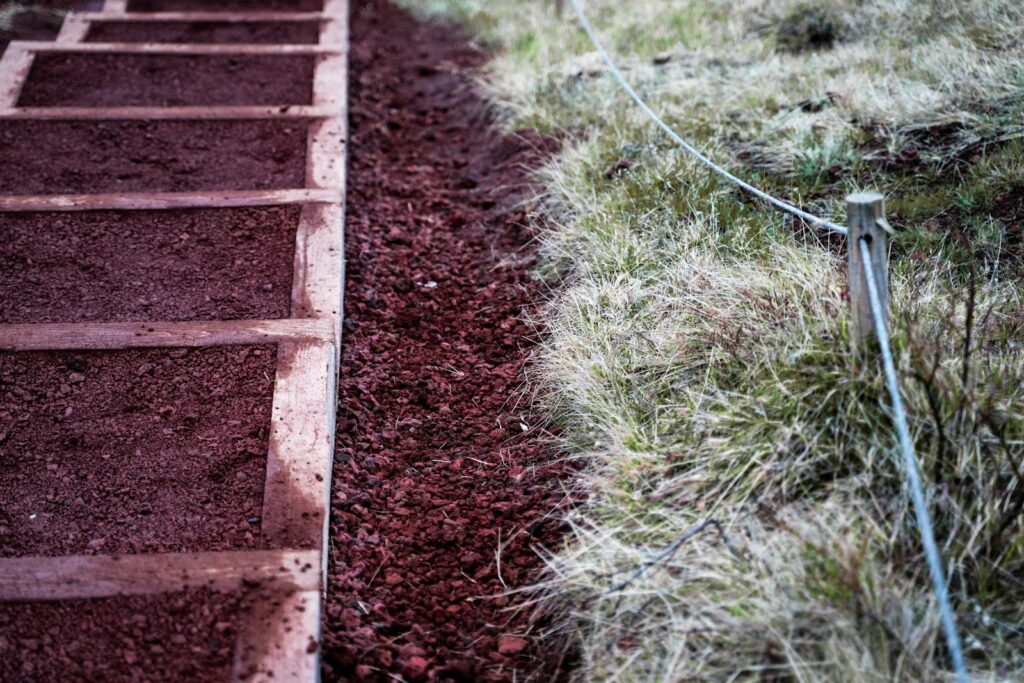
Mulching is one of the easiest ways to protect your garden during cold months. Use straw, shredded leaves, or wood chips as mulch.
Spread a layer two to four inches thick over your garden beds. This keeps the soil warm and helps prevent roots from freezing.
Mulch also keeps moisture in the soil and slows down weeds. It’s best to apply mulch just before the ground freezes.
Prune dead branches from shrubs and small trees

Take a little time to prune dead or damaged branches from shrubs and small trees. This keeps your plants healthy and ready for new growth in spring.
Look for branches that are dead, diseased, or broken. Use clean, sharp pruning tools for smooth cuts.
Don’t overdo it, just remove what’s needed. Prune in late fall or winter when plants are dormant.
Start sprouting microgreens on your windowsill
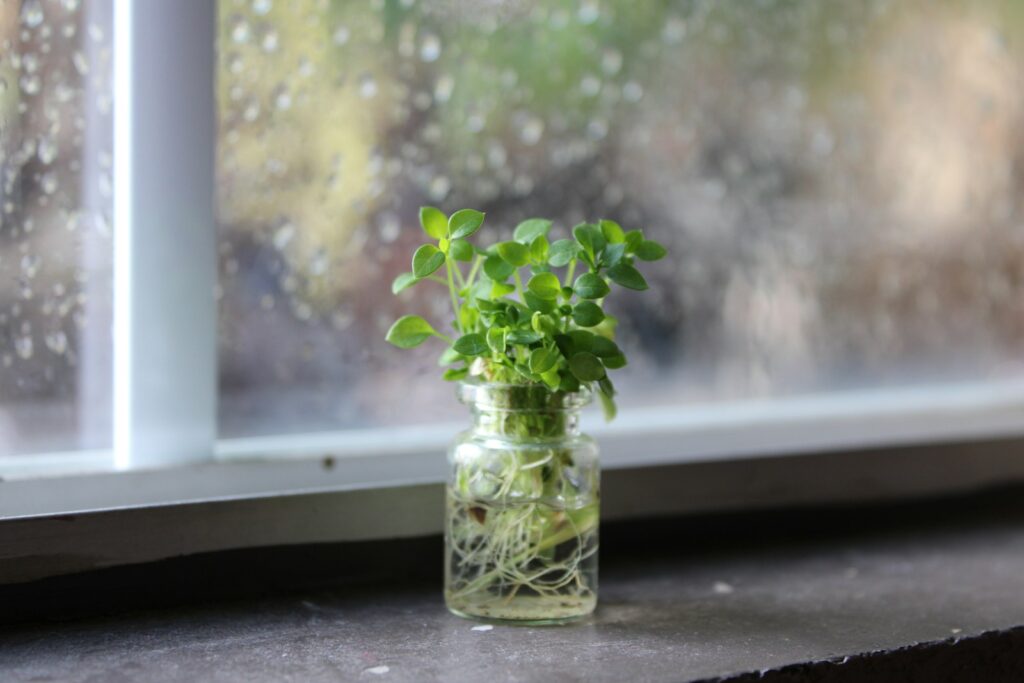
Microgreens are easy to grow indoors and add fresh flavor to your meals. All you need are sprouting seeds, a small container, and some soil or a growing mat.
Choose seeds like alfalfa, radish, or broccoli. Place your container on a sunny windowsill with at least four hours of light a day.
Keep the soil moist but not soggy. In about a week or two, you’ll have tiny greens ready to snip and eat.
This project fits even in small spaces and gives you a taste of gardening all winter long.
Collect and compost fallen leaves for healthy soil
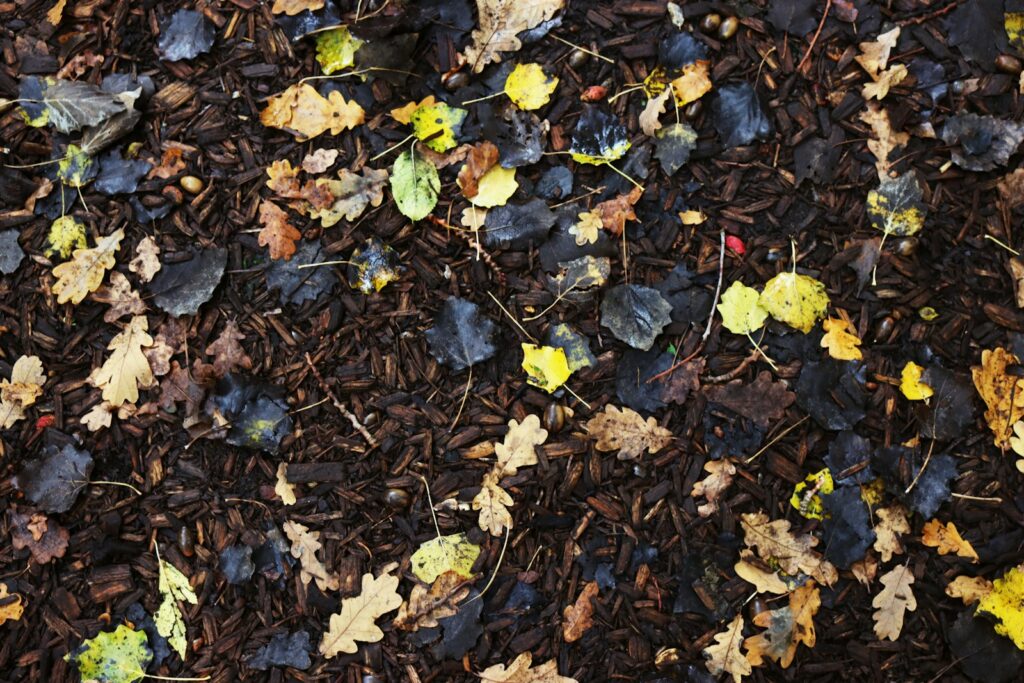
Instead of tossing fallen leaves, turn them into compost for your garden. Leaves are full of nutrients and help improve soil.
Layer leaves with green materials like grass clippings or veggie scraps. Aim for three parts leaves to one part green material.
Keep the compost pile moist and turn it every week to help it break down. Over time, you’ll get rich, dark soil for your garden beds.
Composting leaves is good for your plants and reduces yard waste.
Decorate your garden with homemade natural wreaths

Making natural wreaths is a creative way to brighten your space before winter. Use cuttings from your yard like evergreen branches, berries, and pinecones.
Shape a wire or vine frame and attach your greenery with floral wire. Mix different textures and colors for a unique look.
Add ribbons or dried fruit for extra charm. Foraging for materials on walks can be fun and eco-friendly.
How to Prepare Your Garden for Winter Projects
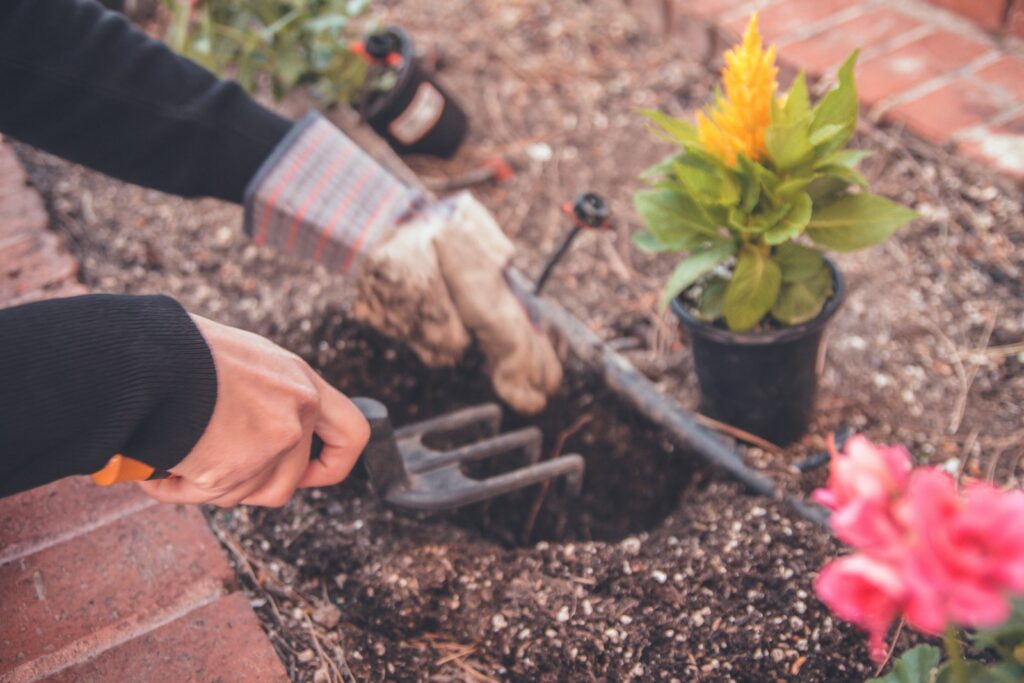
Getting your garden ready for winter is all about having the right tools and timing your tasks well. This makes it easier to protect your plants and get a head start for spring.
Essential Tools and Supplies

Gather tools like pruning shears, gloves, a rake, and a hand trowel. You’ll also want mulch, compost, and covers for sensitive plants.
Keep your tools clean and sharp to avoid spreading disease. Stock up on biodegradable pots if you plan to start seeds indoors.
Plastic or burlap can help shield soil, and a wheelbarrow or bucket makes moving materials easier.
Soil Preparation Tips
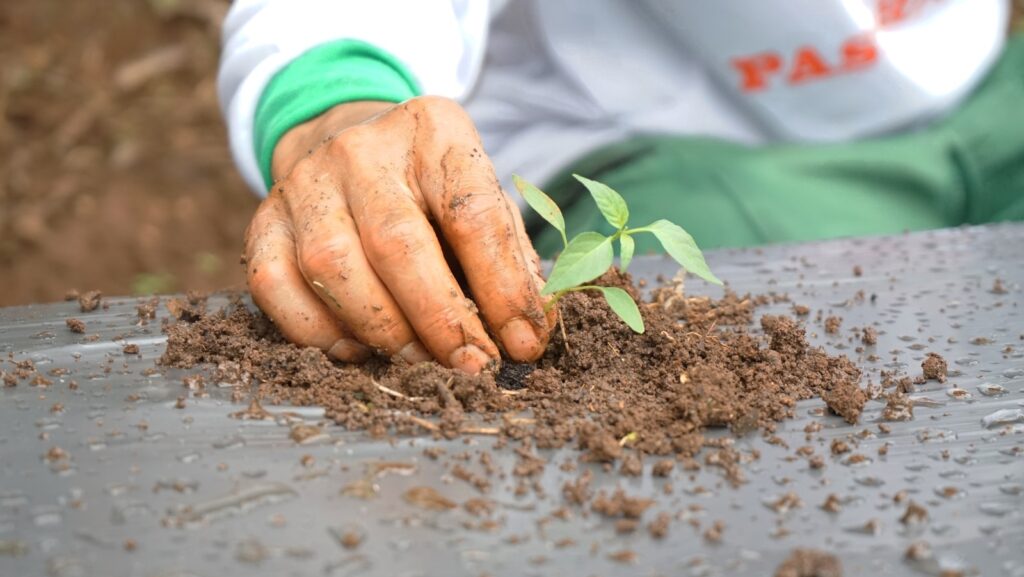
Start by removing dead plants and weeds from your beds. This helps keep pests and diseases away.
Add compost or aged manure to enrich your soil. Mix it in with a garden fork or tiller.
Check your soil pH and adjust if needed. Mulch garden beds with straw or shredded leaves to keep soil warm and prevent erosion.
Timing and Weather Considerations

Plan your projects based on local frost dates and climate. Try to finish before the first hard freeze.
Avoid working when soil is frozen or too wet. Watch the weather and finish mulching or covering plants before heavy frost arrives.
If winters are mild where you live, you might be able to plant cold-hardy crops or start seeds indoors early.
Caring for New Plantings Before Winter

Help new plants get through winter by keeping their roots moist and shielding them from frost. These steps give your plants a better chance to thrive when spring comes.
Watering Techniques for Cooler Months
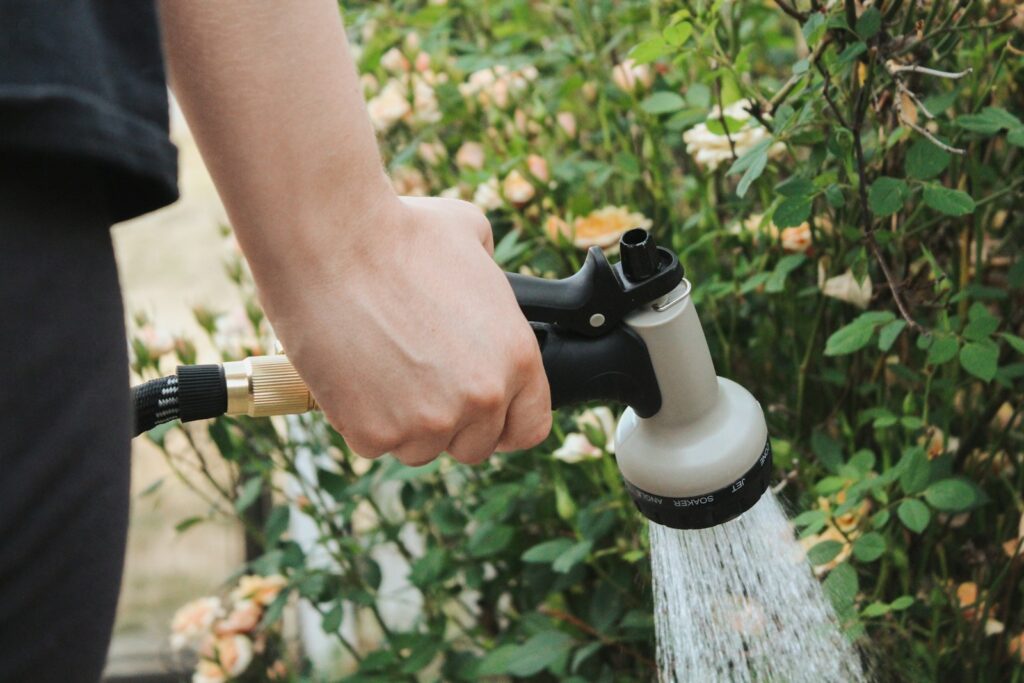
The shift to cooler months can make you wonder if your new plants still need much attention. Even when the air feels crisp, your plants rely on you for the right amount of water.
As the soil cools, water sticks around longer, so you don’t have to water as frequently. Check your soil every week by pushing your finger about an inch deep.
If the soil feels dry, it’s time for a deep watering. This helps roots get the moisture they need before winter really sets in.
Try to water early in the day, giving plants time to absorb moisture before nightfall. Avoid getting water on the leaves since this can encourage fungus or mold.
Adding mulch is another simple way to help your plants. Mulch like straw, bark, or leaves helps hold in moisture and keeps roots cozy.
Protecting Young Plants From Frost
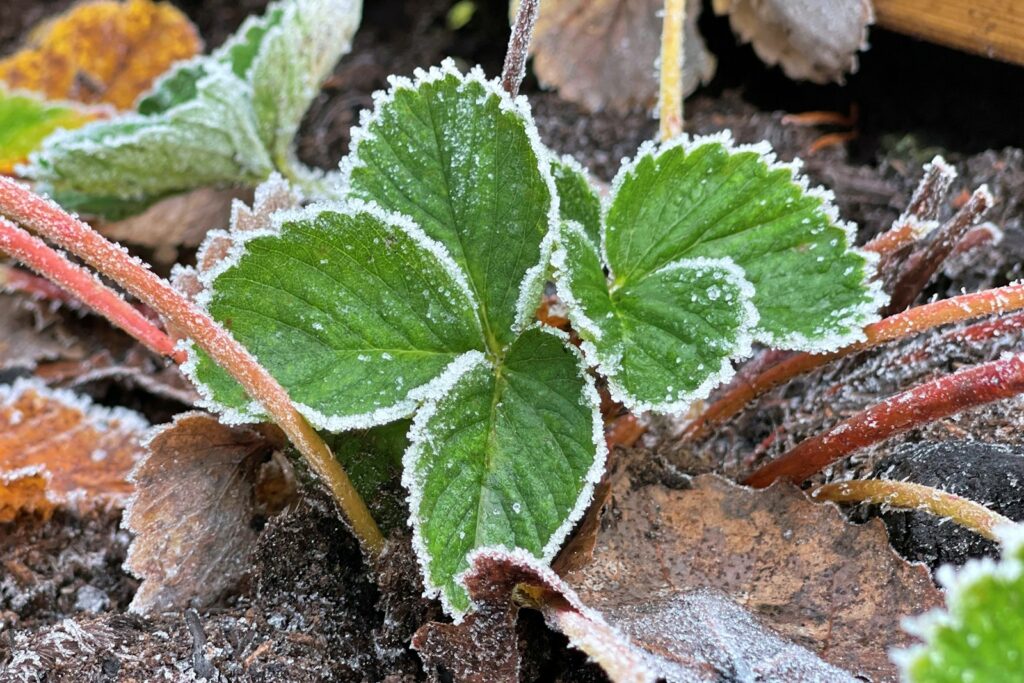
When temperatures drop unexpectedly, young plants can really take a hit. If you’ve ever woken up to find your garden wilted from a surprise frost, you know how frustrating it is.
Covering your plants with cloth, burlap, or frost blankets on chilly nights can make a big difference. These materials help keep the cold air away from delicate leaves.
Skip the plastic sheets because they can trap moisture and end up harming your plants. Breathable fabrics are the way to go for frost protection.
Try to get those covers in place during the late afternoon before the cold settles in. Once the sun comes up and things warm up, take the covers off so your plants can soak up some light and fresh air.
Setting up windbreaks with fences or even some dense shrubs can also help. This keeps harsh winds from drying out your young plants and gives them a better shot at making it through the cold.

